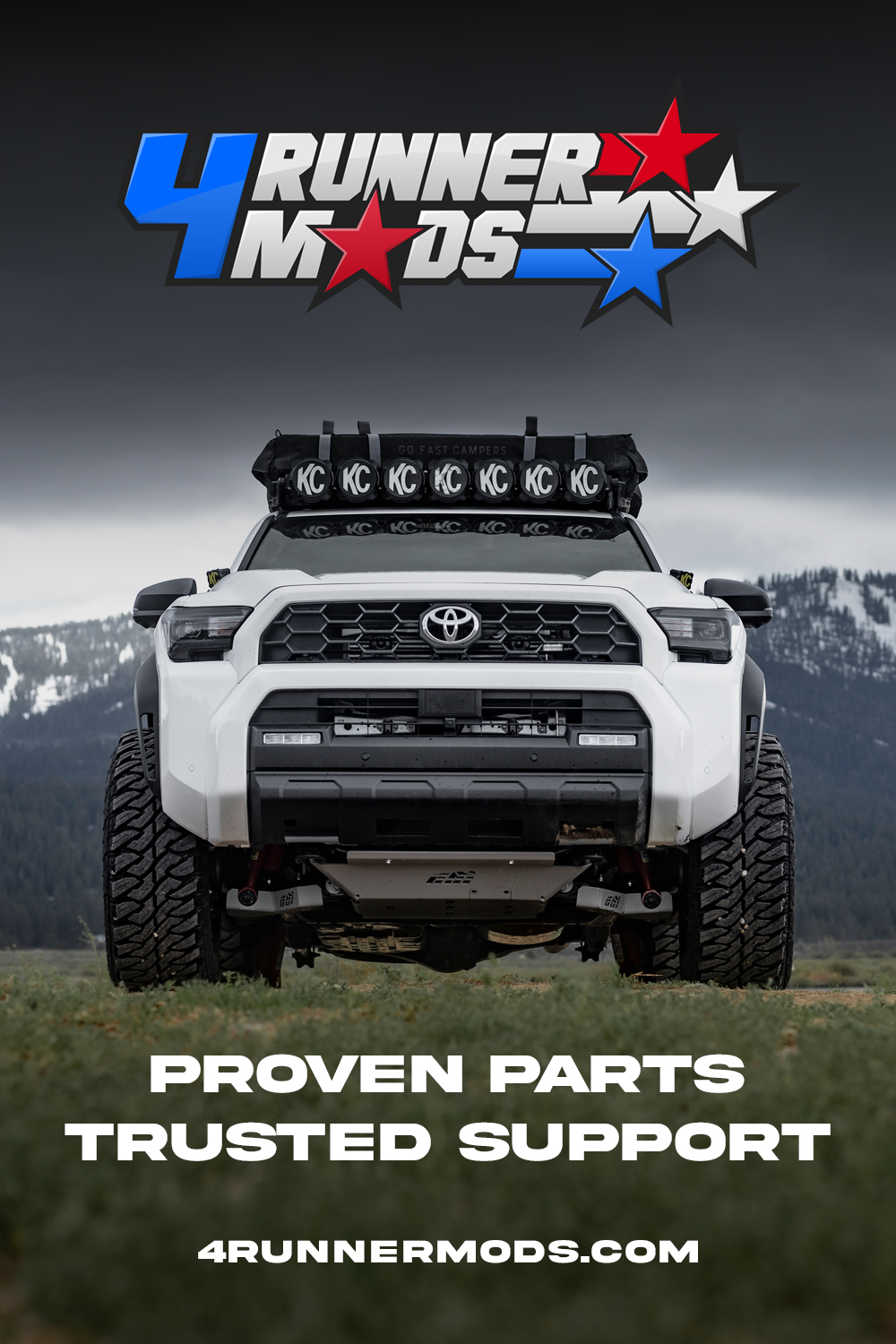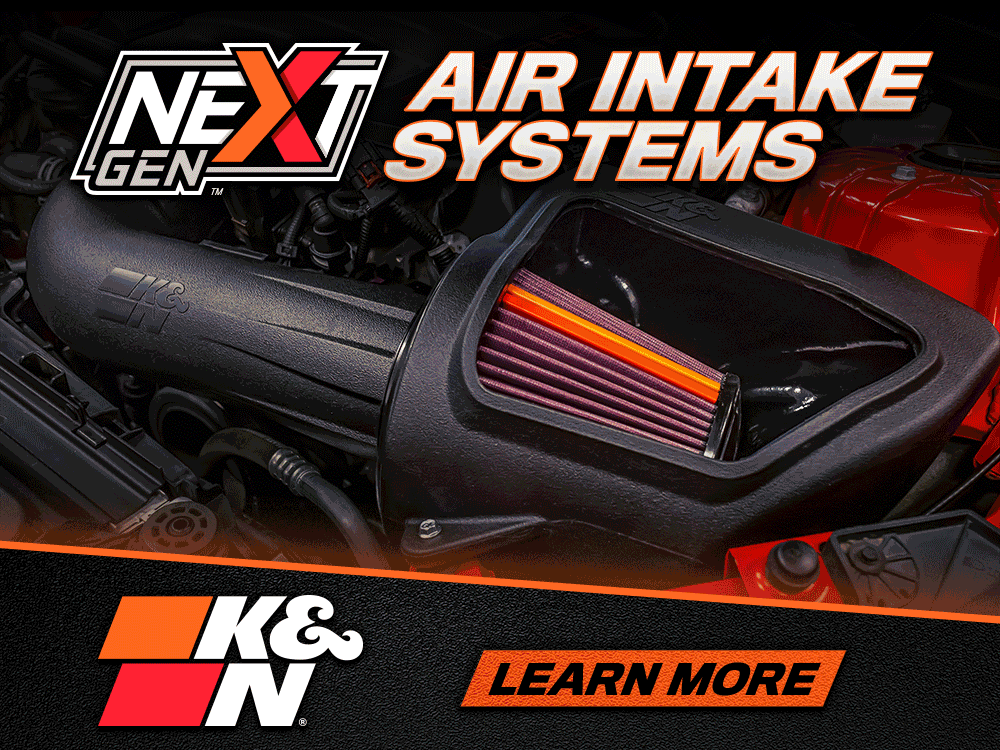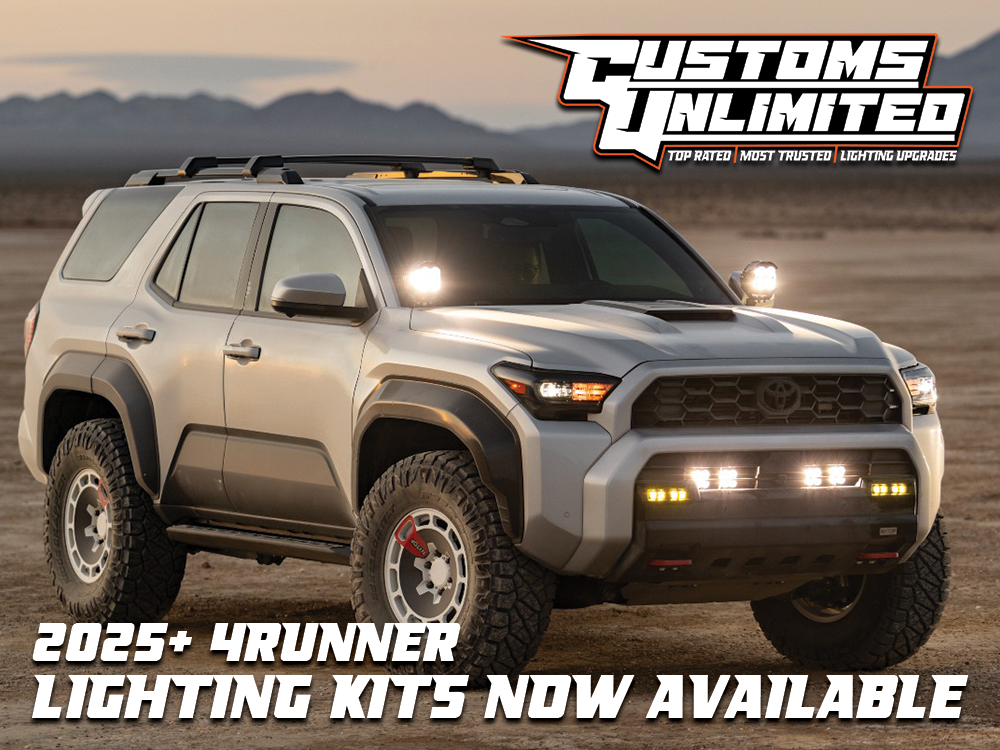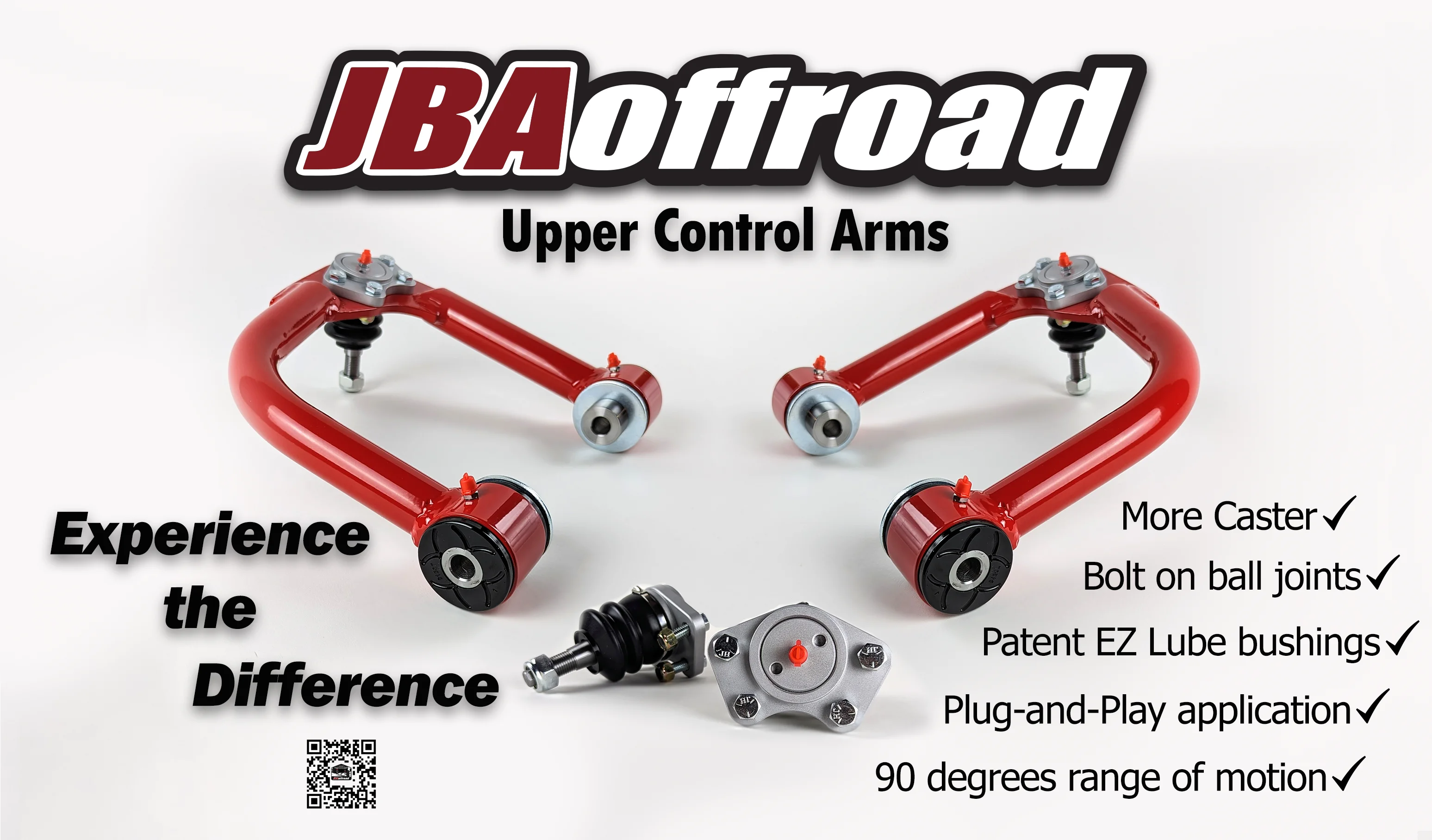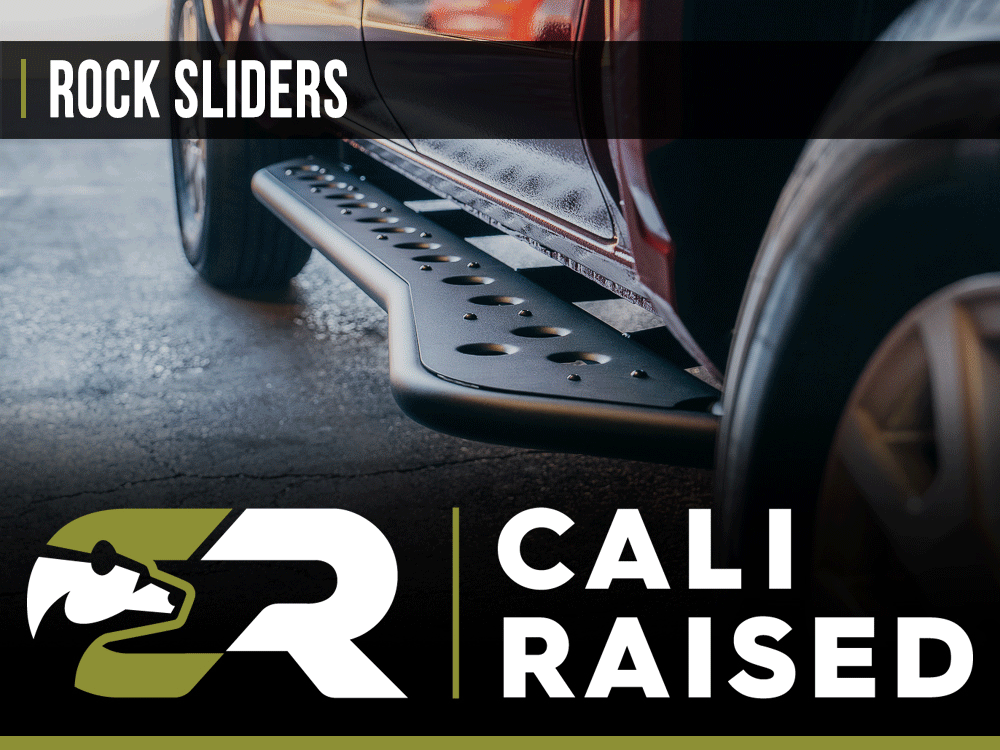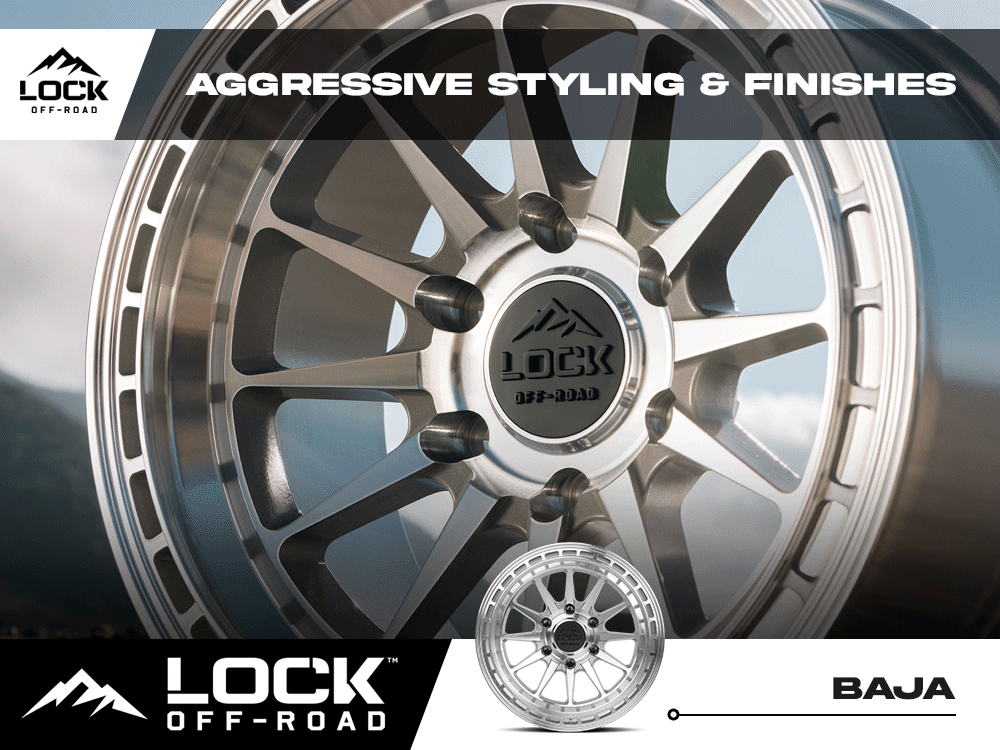- Joined
- Mar 26, 2024
- Messages
- 70
- Reaction score
- 19
(Reference: 2025 Owner’s Manual, pg. 414–417)
Link to Owner’s Manual: 2025 4Runner Owner’s Manual
The 2025 4Runner offers several driving modes that adjust the vehicle’s performance to suit various driving conditions. Understanding how and when to shift between these modes can enhance your driving experience, improve fuel efficiency, and optimize the vehicle's handling based on your environment.




Link to Owner’s Manual: 2025 4Runner Owner’s Manual
The 2025 4Runner offers several driving modes that adjust the vehicle’s performance to suit various driving conditions. Understanding how and when to shift between these modes can enhance your driving experience, improve fuel efficiency, and optimize the vehicle's handling based on your environment.
Available Driving Modes
The 2025 4Runner comes equipped with a Drive Mode Select system that allows you to choose from several different driving modes:- NORMAL Mode (pg. 414)
- This is the default mode for everyday driving. It provides a balanced performance between fuel efficiency and driving dynamics. Normal Mode is ideal for city driving, highway cruising, and regular road conditions.
- ECO Mode (pg. 414)
- Designed to optimize fuel efficiency, Eco Mode adjusts the throttle response and other vehicle settings to conserve fuel. It is best used in city driving or when you want to maximize fuel efficiency during highway trips.
- When to Use: Engage Eco Mode when driving on flat terrain or when you are not in a hurry and want to conserve fuel.
- SPORT Mode (pg. 415)
- Sport Mode sharpens throttle response and adjusts steering for more dynamic performance. It is ideal for more aggressive driving, such as during spirited drives on winding roads or when you want quicker acceleration.
- When to Use: Engage Sport Mode when you need quicker acceleration or when driving on winding roads where enhanced handling and responsiveness are desired.
- TOW/HAUL Mode (pg. 415)
- This mode is designed for towing or carrying heavy loads. It adjusts the transmission to provide better control and power when hauling trailers or heavy cargo.
- When to Use: Engage Tow/Haul Mode when towing a trailer or carrying heavy equipment to improve vehicle performance and reduce strain on the engine and transmission.
- 4WD High & 4WD Low Modes (pg. 416–417)
- These modes are part of the 4WD system and are used for off-road driving. 4WD High is suitable for driving on slippery or uneven surfaces, while 4WD Low provides extra power for difficult off-road conditions like steep inclines, deep mud, or sand.
- When to Use:
- 4WD High: Use for moderate off-road conditions, such as dirt roads or snowy terrain.
- 4WD Low: Use for challenging off-road situations, such as rock crawling, deep sand, or mud.
How to Shift Between Modes
- Switching Between Modes:
- The Drive Mode Select system is controlled using a switch located near the gear shift lever or on the dashboard, depending on the vehicle's configuration.
- For 4WD Models: The transfer case lever or dial is used to switch between 2WD, 4WD High, and 4WD Low. Some models also include a mode switch for Crawl Control and Multi-Terrain Select.
- When to Shift:
- Shift between modes based on the driving conditions and the terrain you’re navigating. For example:
- Eco Mode is best used during highway driving or city commutes for better fuel efficiency.
- Sport Mode is suitable for more spirited driving and tight corners.
- 4WD High is ideal for light off-roading or slippery conditions.
- 4WD Low should be used when extreme off-road conditions are encountered (e.g., steep inclines, deep sand, or rock crawling).
- Shift between modes based on the driving conditions and the terrain you’re navigating. For example:
- Changing Modes:
- In most cases, modes can be changed while the vehicle is in motion, but be sure to follow the instructions in the manual for safe mode transitions, especially when switching into 4WD Low, which may require the vehicle to be at a complete stop.



